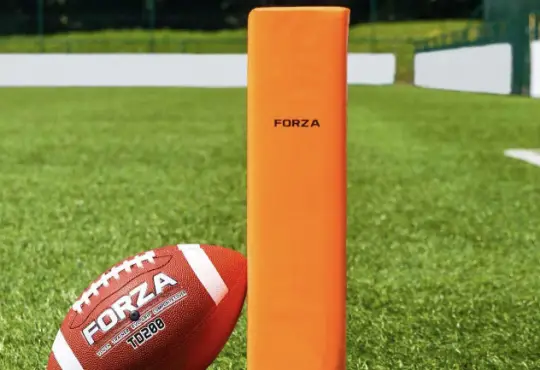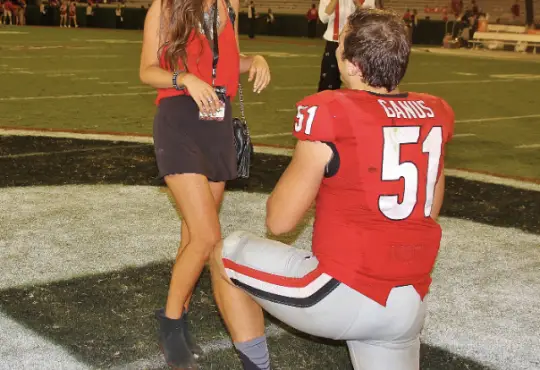
Navigating the Fantasy Football Waiver Wire: A Comprehensive Guide
In the exhilarating world of fantasy football, staying ahead of the competition requires more than just a great draft. It’s essential to understand the intricacies of waivers, a crucial component of managing your fantasy team. Waivers play a vital role in maintaining a level playing field by providing all managers with a fair chance to acquire players. In this blog post, we’ll break down how waivers work in fantasy football, helping you make informed decisions and maximize your team’s potential.
Understanding Waivers
In fantasy football, waivers are a system that regulates player acquisitions throughout the season. When a player is dropped from a team’s roster, they are placed on waivers for a designated period. During this period, other managers have the opportunity to place waiver claims on the player. At the end of the waiver period, the manager with the highest waiver priority or the first-come, first-served basis (depending on league settings) is awarded the player.
Types of Waiver Systems
There are typically two main types of waiver systems in fantasy football:
- Standard Waivers: In a standard waiver system, the waiver priority of managers is determined by their draft position or by reverse order of standings. Managers can place claims on players throughout the week, and waiver claims are processed at a specific time, usually a day or two before the start of the next NFL week.
- Continuous (FAAB) Waivers: The Free Agent Acquisition Budget (FAAB) system gives managers a budget to spend on acquiring players. Each week, managers bid on players using their allocated budget. The manager with the highest bid wins the player. This system allows for more strategic bidding and provides an equal opportunity for all managers to acquire players.
Waiver Priority
In leagues that use a waiver priority system, the order of waiver claims is determined by factors such as draft order, reverse standings, or a predetermined order that resets after each successful waiver claim. This system ensures that managers who have not made recent successful claims have a higher priority for subsequent claims.
Processing Waiver Claims
Waiver claims are typically processed at a specific time, often early in the morning on a designated day. When the claims are processed, players are awarded to the managers with the highest priority or the winning bid in the FAAB system. If multiple managers place claims on the same player, the manager with the highest priority or highest bid wins the player.
Free Agency
After waiver claims are processed, any unclaimed players become free agents. Free agents can be added to your team at any time, without waiting for the waiver period. This allows managers to make immediate roster changes to address injuries, bye weeks, or emerging opportunities.
Conclusion
Understanding how waivers work in fantasy football is a critical aspect of successful team management. The waiver wire offers a chance to improve your roster throughout the season, providing opportunities to address injuries, capitalize on breakout performances, and adapt to changing circumstances. Whether you’re in a standard waiver system or using the FAAB approach, navigating the waiver wire strategically can make the difference between a competitive team and a championship contender. So, stay vigilant, research potential pickups, and be ready to pounce when the waiver period arrives – your fantasy football success could depend on it!






